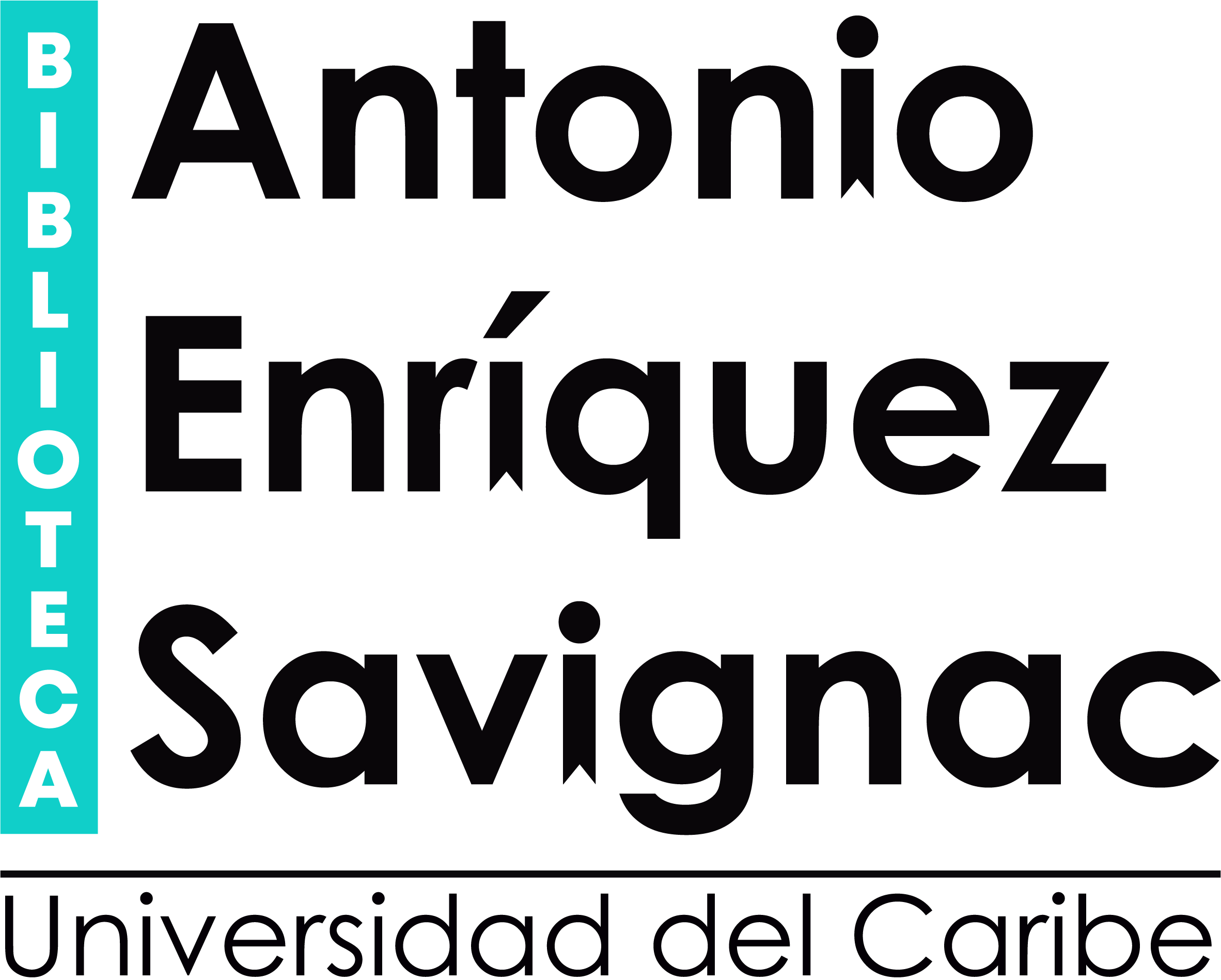Essentials of soil science : soil formation, functions, use and classification (World Reference Base, WRB) / Winfried E.H. Blum, Peter Schad, Stephen Nortcliff.
Tipo de material: TextoIdioma: Inglés Editor: Stuttgart, Germany : Distribuidor: Borntraeger Science Publishers, Fecha de copyright: ©2018Edición: 1ª ediciónDescripción: 171 páginas : ilustraciones, mapas, gráficas, fotografías, tablas ; 24 x 17 cmTipo de contenido:
TextoIdioma: Inglés Editor: Stuttgart, Germany : Distribuidor: Borntraeger Science Publishers, Fecha de copyright: ©2018Edición: 1ª ediciónDescripción: 171 páginas : ilustraciones, mapas, gráficas, fotografías, tablas ; 24 x 17 cmTipo de contenido: - texto
- sin medio
- volumen
- 9783443010904
- S591 B58 2018
| Tipo de ítem | Biblioteca actual | Biblioteca de origen | Colección | Signatura topográfica | Copia número | Estado | Notas | Fecha de vencimiento | Código de barras | Reserva de ítems | |
|---|---|---|---|---|---|---|---|---|---|---|---|
 Libros para consulta en sala
Libros para consulta en sala
|
Biblioteca Antonio Enriquez Savignac | Biblioteca Antonio Enriquez Savignac | COLECCIÓN RESERVA | S591 B58 2018 (Navegar estantería(Abre debajo)) | Ejem.1 | Catalogación (Préstamo interno) | Ingeniería Ambiental | 043299 |
Incluye índice.
Incluye referencias bibliográficas.
Table of Contents -- Foreword -- About the authors -- 1 Introduction -- 1.1. Definition of soil -- 1.2. Soil functions -- 1.3. Soil science -- 2 Soil components -- 2.1. Mineral components -- 2.1.1 Parent materials -- 2.1.1.1 Rocks and technogenic materials -- 2.1.1.2 Minerals -- 2.1.2 Transformation processes of rocks and minerals -- 2.1.2.1 Weathering processes -- 2.1.2.1.1 Physical weathering processes -- 2.1.2.1.2 Chemical and biological weathering processes -- 2.1.2.2 Formation of new minerals (neoformation) -- 2.1.2.2.1 Formation of clay minerals from micas
2.1.2.2.2 Formation of clay minerals from end products of silicate weathering -- 2.1.2.2.3 Formation of oxides and hydroxides -- 2.1.3 The products of silicate weathering -- 2.1.3.1 Clay minerals -- 2.1.3.1.1 1:1 clay minerals -- 2.1.3.1.2 2:1 clay minerals -- 2.1.3.1.3 2:1:1 clay minerals -- 2.1.3.1.4 Allophanes -- 2.1.3.2 Oxides and hydroxides -- 2.1.3.3 Water-soluble components -- 2.1.4 The mineral fractions of soils -- 2.2. Organisms -- 2.2.1 Soil flora -- 2.2.2 Soil fauna -- 2.3. Organic components -- 2.3.1 Sources of soil organic matter
2.3.2 Transformation processes of soil organic matter -- 2.3.2.1 Mineralization of soil organic matter -- 2.3.2.2 Formation of stable soil organic matter -- 2.3.3 Humic substances -- 2.3.4 Humus forms -- 2.3.5 Organic matter content of soils -- 2.3.6 Soil organic matter and the global C budget -- 2.4. Soil water -- 2.4.1 Water-holding capacity of soils -- 2.4.1.1 Binding energy -- 2.4.1.2 Water capacity -- 2.4.1.3 Water tension -- 2.4.2 Water movement in soils -- 2.4.2.1 Flow of liquid water -- 2.4.2.2 Movement of water vapour within soils -- 2.5. Soil air -- 2.5.1 Composition of soil air
2.5.2 Gas exchange between soil and atmosphere -- 3 Soil characteristics -- 3.1. Physical properties of soils -- 3.1.1 Particle size and texture -- 3.1.2 Soil structure -- 3.1.2.1 Soil pore volume -- 3.1.2.2 Types of soil structure -- 3.1.2.3 The development of soil aggregate structure -- 3.1.2.3.1 Coagulation and peptization -- 3.1.2.3.2 Shrinking and swelling of soils -- 3.1.2.3.3 Frost action -- 3.1.2.3.4 The activity of soil organisms -- 3.1.3 Particle density and bulk density -- 3.1.4 Soil consistence -- 3.1.5 Soil temperature -- 3.1.6 Soil colour -- 3.2. Physico-chemical properties of soils
3.2.1 Ion exchange in soils -- 3.2.1.1 Cation exchange -- 3.2.1.1.1 The causes of cation exchange -- 3.2.1.1.2 Cation exchange processes -- 3.2.1.1.3 The properties of the ions -- 3.2.1.1.4 The properties of the ion exchanger -- 3.2.1.1.5 Ionic composition and ion concentration of the solution -- 3.2.1.1.6 Combined effects of the various factors -- 3.2.1.1.7 Theory of cation exchange in soils -- 3.2.1.2 Anion exchange -- 3.2.2 Soil pH (Soil reaction) -- 3.2.2.1 How the soil pH is established -- 3.2.2.2 The causes and consequences of soil acidity -- 3.2.2.2.1 Processes poducting H+ ions in soils
Essentials of Soil Science
This book is an introduction to soil science and describes the development of soils, their characteristics and their material composition as well as their functions in terrestrial and aquatic environments. Soil functions include the delivery of goods and services for human society, such as food, clean water, and the maintenance of biodiversity. The book is illustrated with many coloured figures and tables to accompany the text and ease its understanding. Particularly, the chapter on soil classification, based on the World Reference Base for Soil Resources (WRB), includes numerous coloured pictures to facilitate understanding the characteristics of particular soil types. Chapters on soil protection and remediation as well as on soil monitoring and the history of soil sciences conclude the book together with a comprehensive alphabetical index, allowing for a quick and easy orientation about the most important terms in soil sciences.
Fundamentos de la ciencia del suelo
Este libro es una introducción a la ciencia del suelo y describe el desarrollo de los suelos, sus características y su composición material, así como sus funciones en ambientes terrestres y acuáticos. Las funciones del suelo incluyen la entrega de bienes y servicios para la sociedad humana, como alimentos, agua potable y el mantenimiento de la biodiversidad. El libro está ilustrado con numerosas figuras y tablas coloreadas para acompañar el texto y facilitar su comprensión. En particular, el capítulo sobre clasificación de suelos, basado en la Base de Referencia Mundial para los Recursos del Suelo (WRB), incluye numerosas imágenes en color para facilitar la comprensión de las características de tipos de suelo particulares. Los capítulos sobre protección y remediación del suelo, así como sobre monitoreo del suelo y la historia de las ciencias del suelo concluyen el libro junto con un índice alfabético completo, que permite una orientación rápida y sencilla sobre los términos más importantes de las ciencias del suelo.

